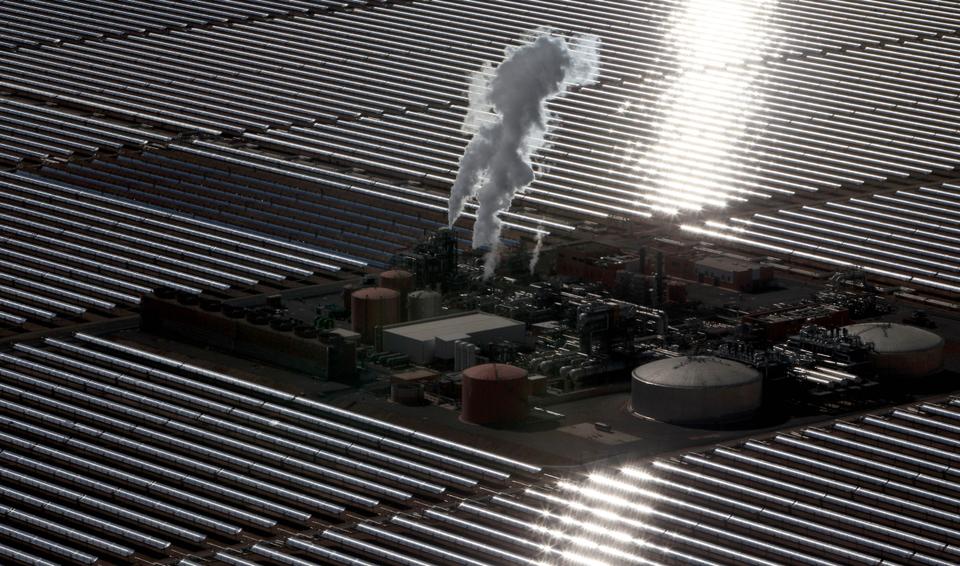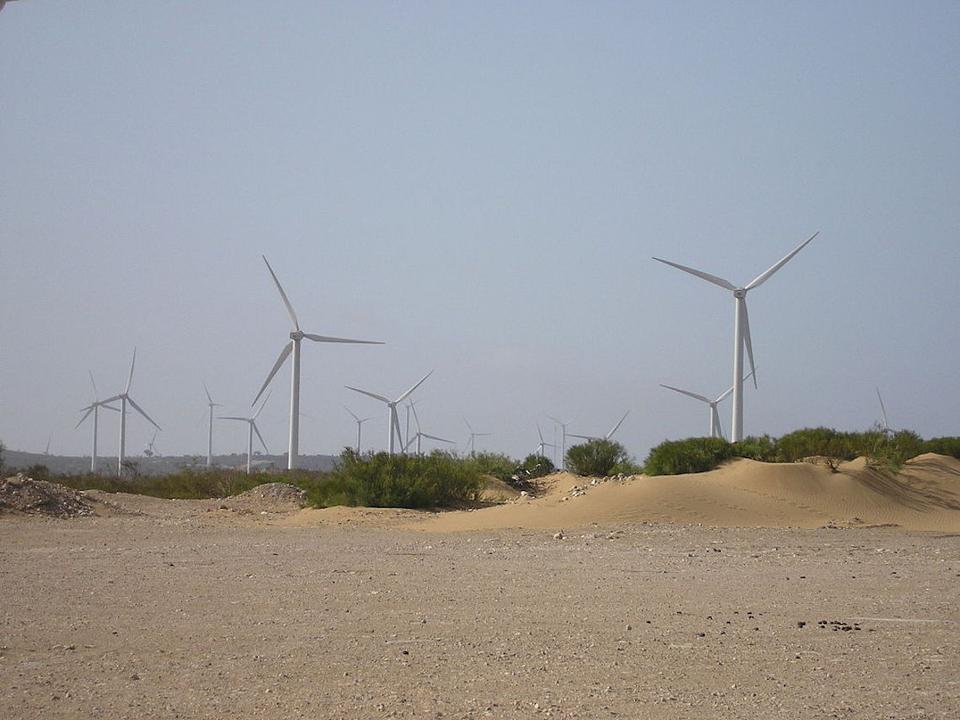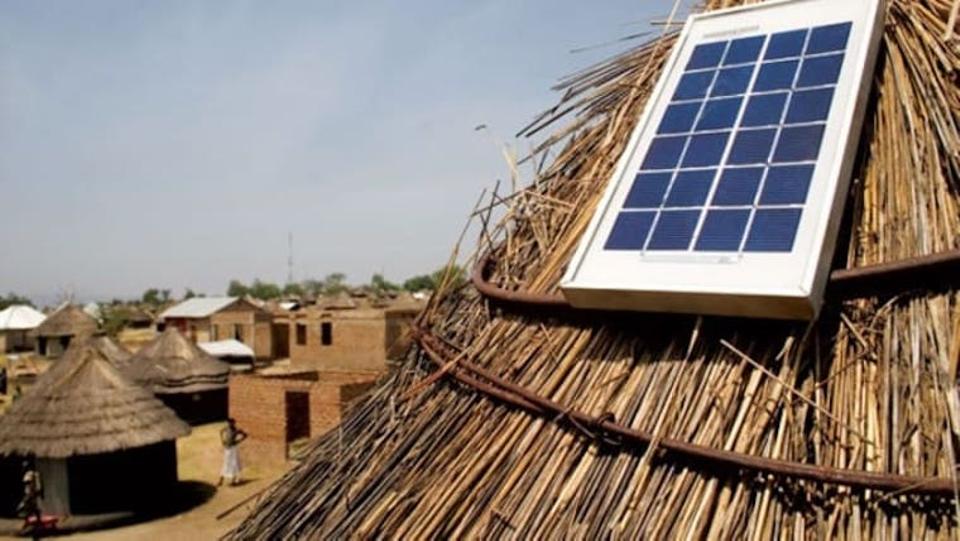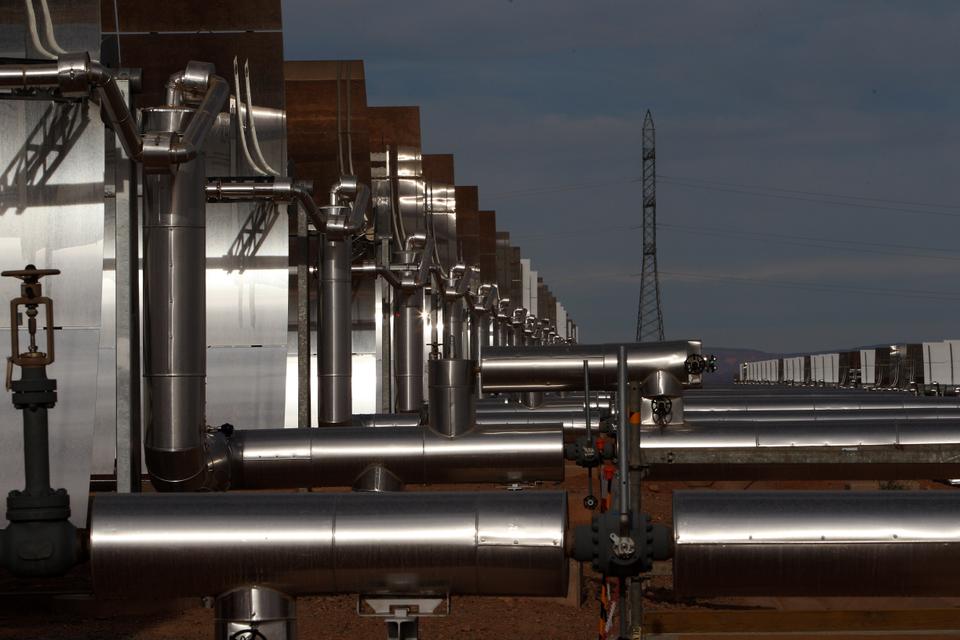Insight
The North African country has an ambitious plan to supply 52 percent of its total power generation from renewable energy sources by 2030.
Morocco’s vast lands across the Sahara desert covering much of North Africa are proving advantageous for the country’s clean energy push.
The country has centered its solar energy plants in its hot deserts where sunshine is abundant. The Moroccan state’s energy planners have been building large fleets of solar panels in the country since the mid-2000s.
Last year, the country was able to supply 37 percent of the country’s energy from renewable energy sources. They are harnessing much of this energy from solar and wind power plants. Although it missed the 2020 target of producing 42 percent of energy, it has made significant progress in becoming self-reliant and transitioning from fossil fuel to clean energy.

The country aims to produce 52 percent of energy through renewable means by 2030. According to the country’s plan, solar and wind power will cover 40 percent of it while hydro energy will cover 12 percent to help Morocco reach its 10-year energy goals.

While the country needs to allow and support individuals and companies to develop small-scale projects to supply their energy demands, observers could see solar panels in different places across Morocco, from roofs of mosques to rooftops of old-fashioned tents in villages.


In the Ouarzazate province, which is also called the door of the desert due to its closeness to the Sahara desert, Morocco built the world’s largest concentrated solar power plant, the Noor-Ouarzazate complex.

Rabat’s renewable energy focus elicits a lot of praise from climate change advocates, who urge world leaders to move to clean energy sources from fossil fuels. As a result, in 2018 and 2019, Morocco became the eighth biggest recipient of climate finance from the world’s richest countries.


Source: TRT World
In Pictures: Morocco reaps benefits from the Sahara sunshine
Source: News Achor Trending
0 Comments